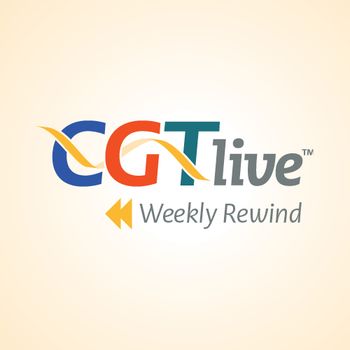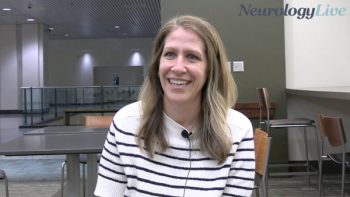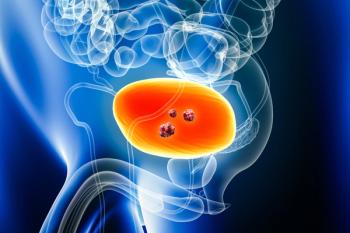
Surbhi Sidana, MD, on Cilta-Cel's Efficacy in Second-Line Relapsed/Refractory Multiple Myeloma
The assistant professor of medicine, bone marrow transplantation, and cellular therapy at Stanford discussed the benefit of second-line cilta-cel in PFS and OS.
This video originally appeared on our sister site,
“What we have seen in the couple of years is that there is a PFS benefit that led to the FDA approval of cilta-cel in the second line.”
The chimeric antigen receptor T-cell (CAR-T) therapy ciltacabtagene autoleucel (cilta-cel; Carvykti) was evaluated for the treatment of relapsed/refractory (r/r) multiple myeloma (MM) in the phase 3 CARTITUDE-4 clinical trial (NCT04181827). Specifically, the CAR-T was compared to standard-of-care (SOC) pomalidomide (Pomalyst) plus bortezomib (Velcade), and dexamethasone (PVd) or daratumumab (Darzalex) plus pomalidomide and dexamethasone (DPd).
In an interview with CGTLive®'s sister site, OncLive®, Surbhi Sidana, MD, an associate professor of medicine and associate director for Clinical Research in the Bone Marrow Transplantation and Cell Therapy Division at Stanford University, spoke about the efficacy of the CAR-T, explaining that data from the study previously demonstrated a progression-free survival (PFS) benefit with cilta-cel,
Furthermore, data from survival subgroup analyses, presented at the
Additionally, the subgroup analysis evaluated cilta-cel after 1, 2, and 3 prior lines of therapy, Sidana continued. Notably, there was benefit observed in all these subgroups, which suggested that cilta-cel is a superior therapy regarding PFS. Additionally, OS trends supported cilta-cel in each subgroup, she concluded.
Newsletter
Stay at the forefront of cutting-edge science with CGT—your direct line to expert insights, breakthrough data, and real-time coverage of the latest advancements in cell and gene therapy.












































